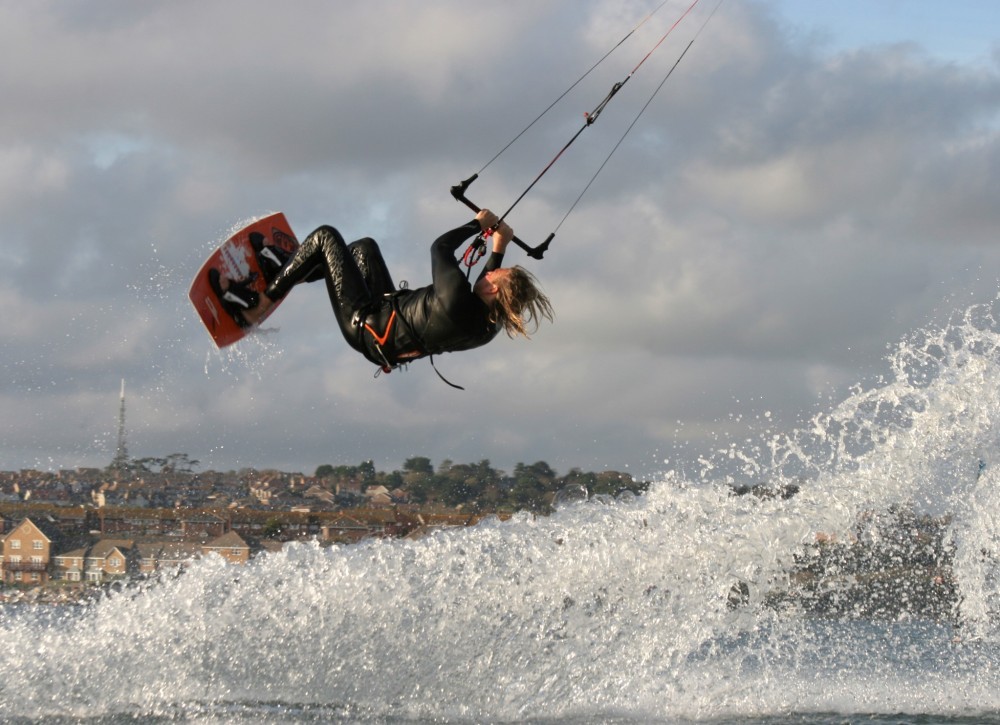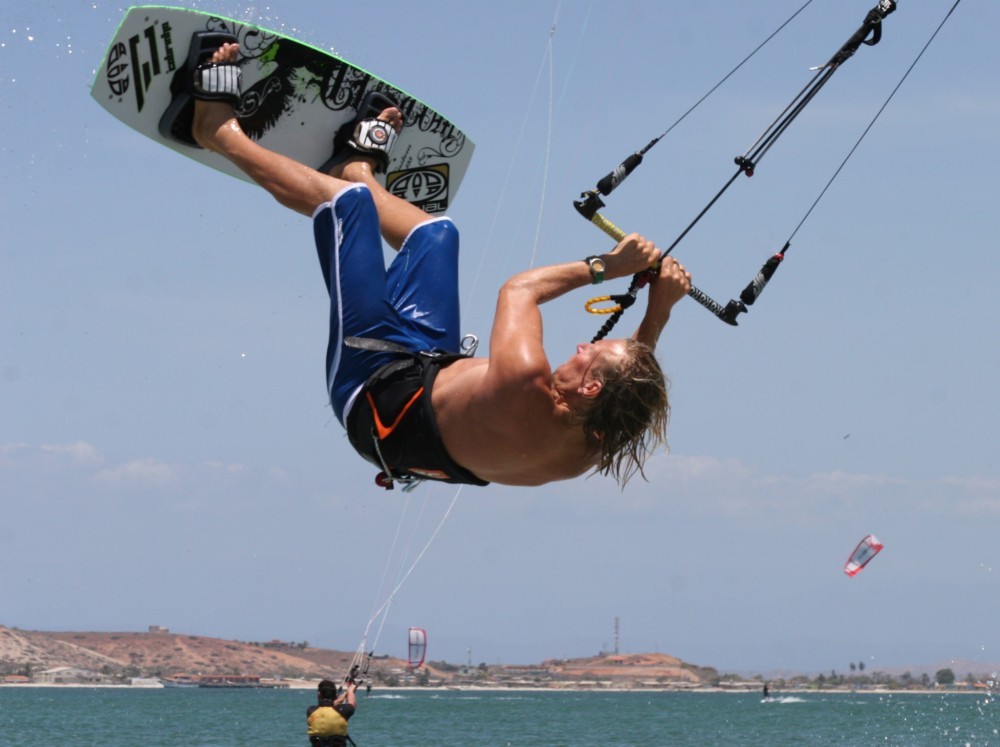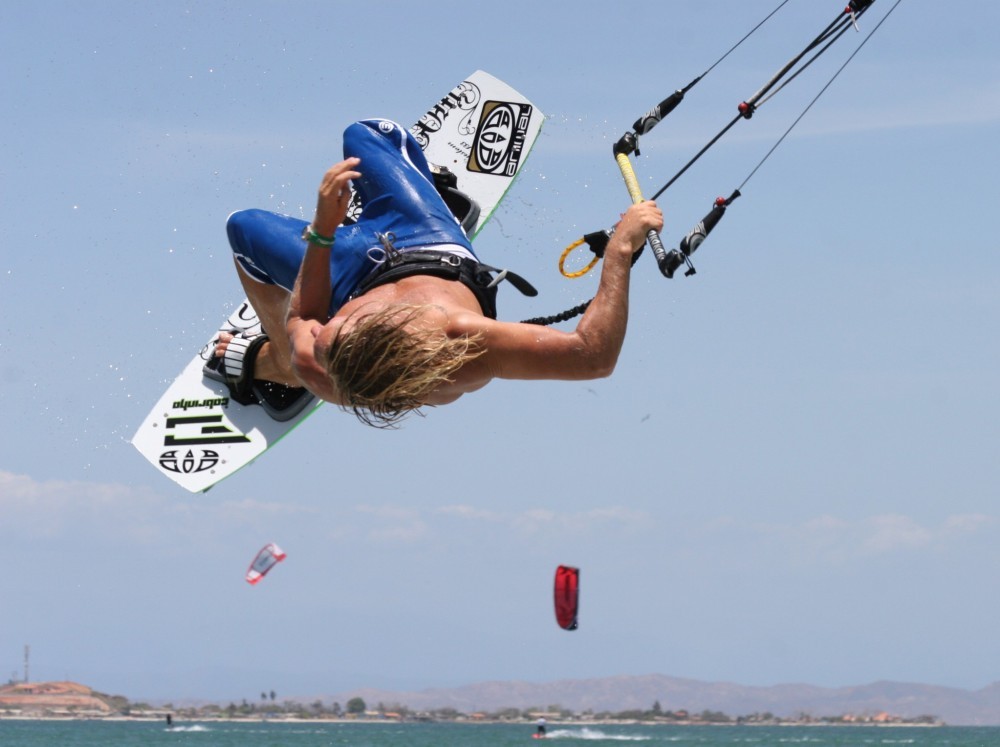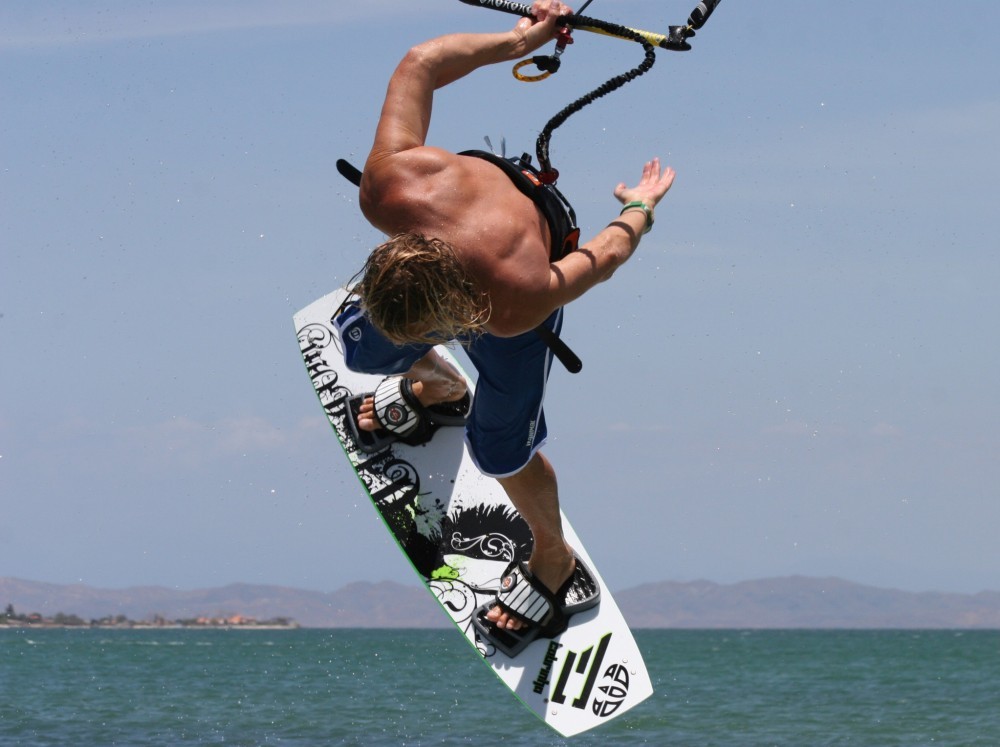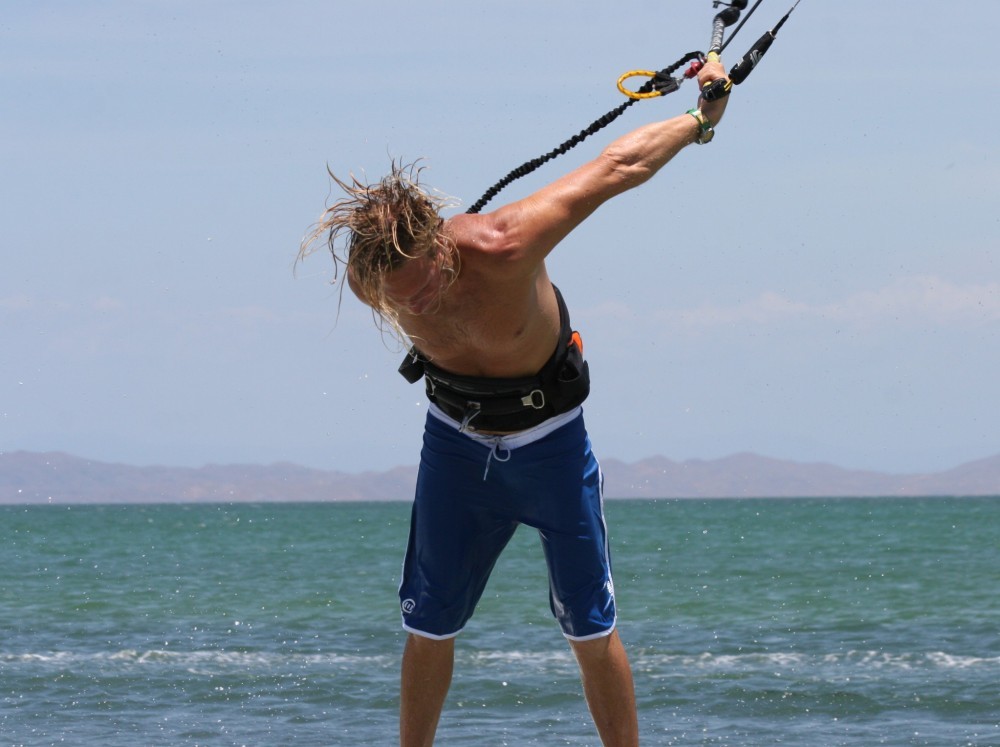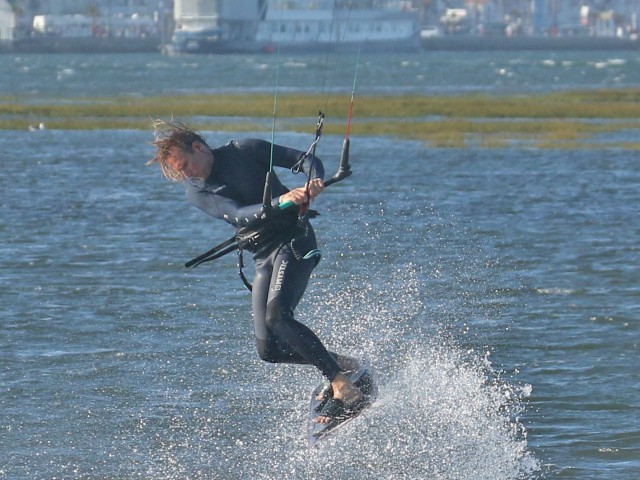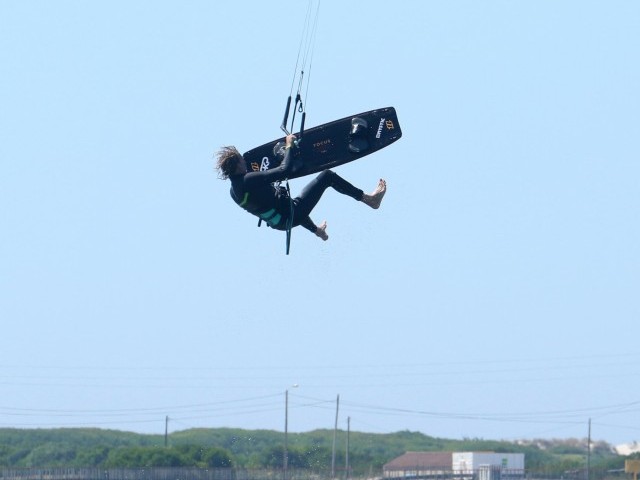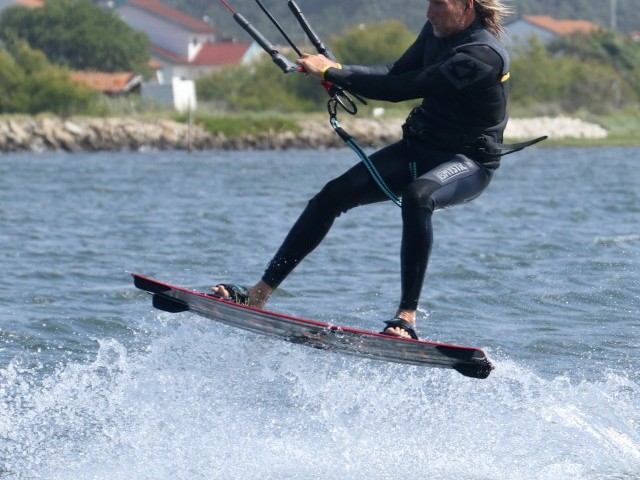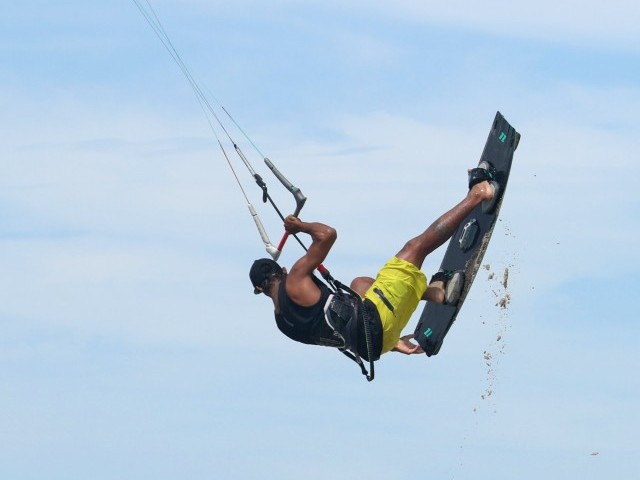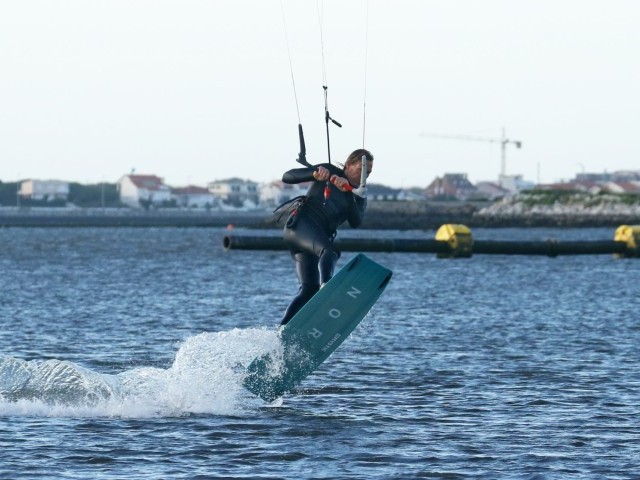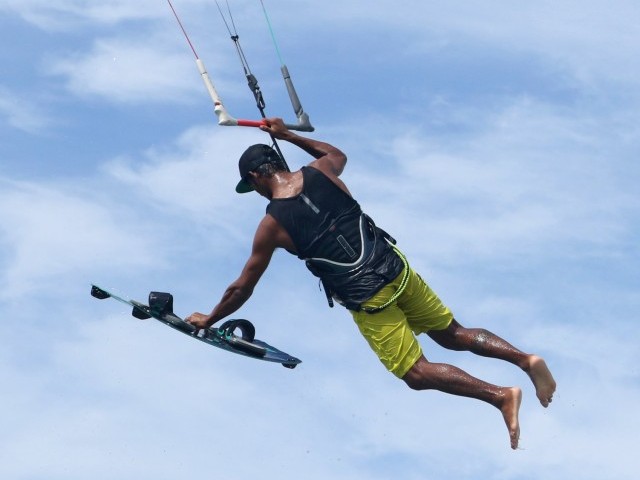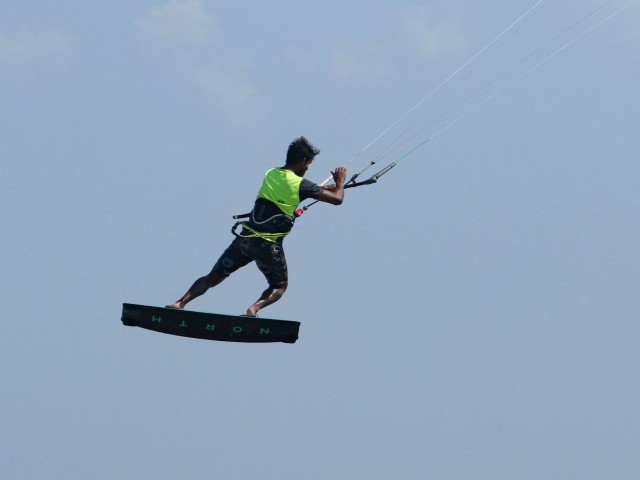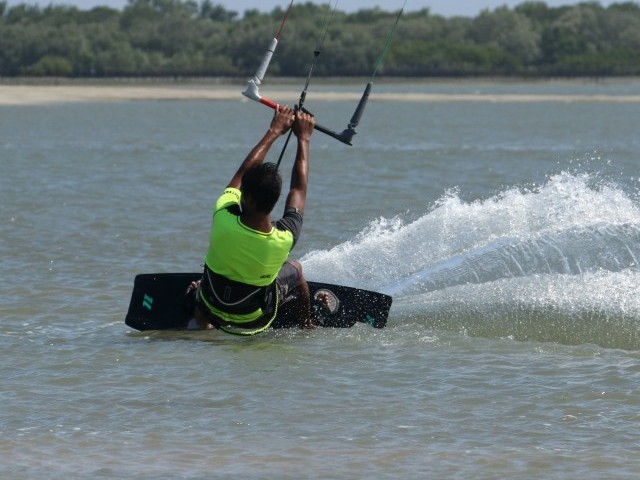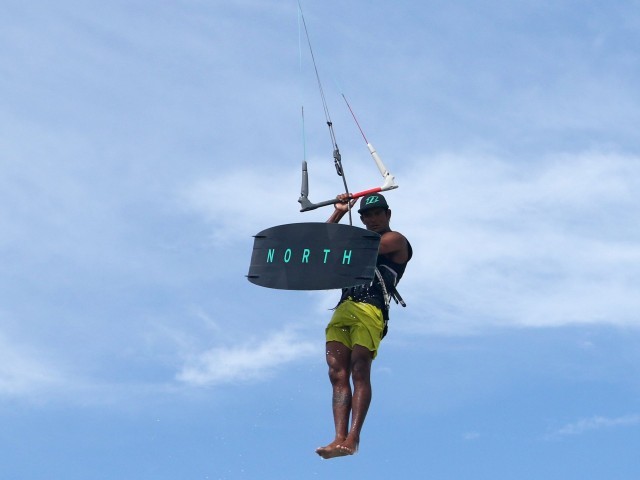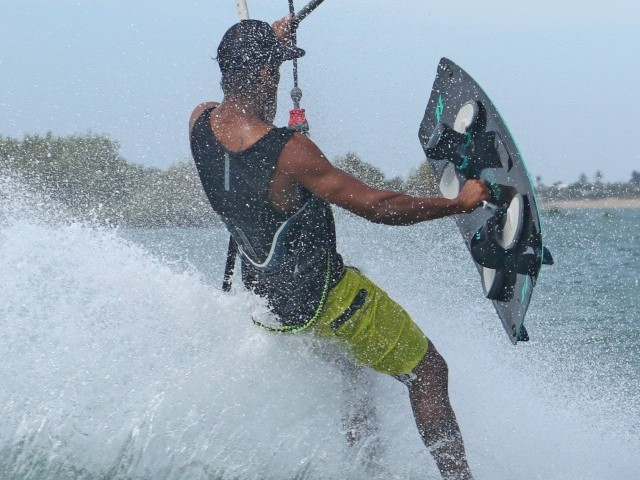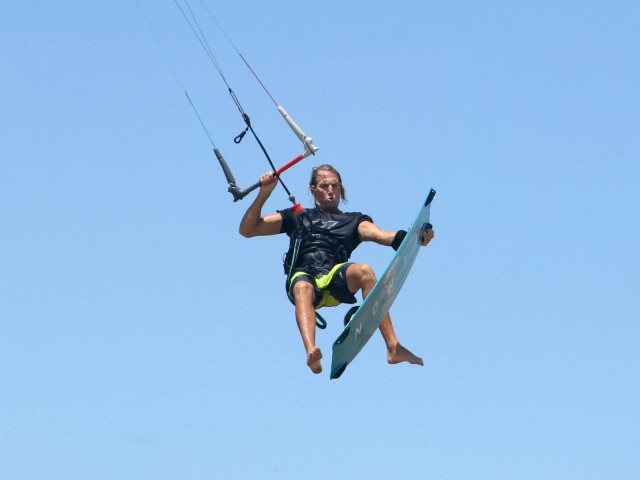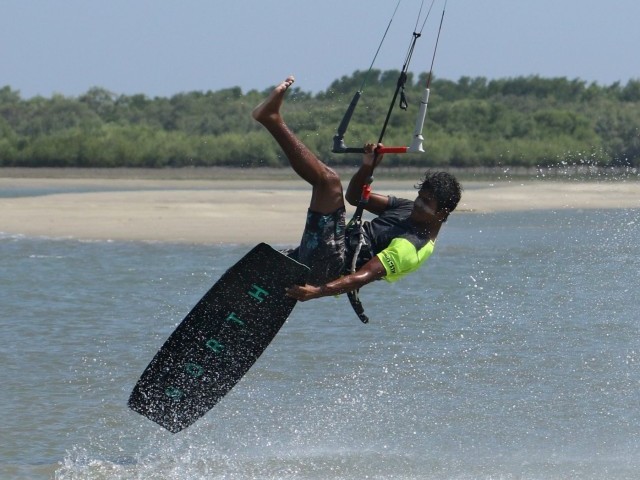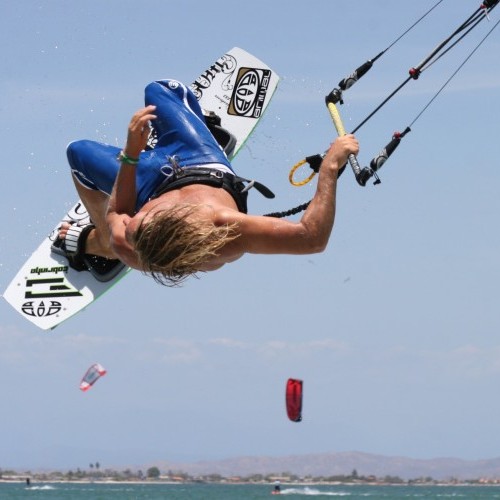
Back Loop to Blind with Air Pass
Technique / Advanced
Introduction
After last issue’s take on the back loop to blind we thought it only fair to continue on from where we left off. Needless to say you really should be sticking the blind landing on your back loop before moving on to this cherub. That said the air pass on this trick is heavily dependant on timing and technique, not on brute strength, so it is within reach, but if you can dangle your thrusting hips will serve you proud!
As always we will be looking at how you can learn this trick, so we’ll not be explaining how to do a perfect stylised 5 times world champ (well done squire) variation, but the best way in for you – someone looking to learn and land their first. Also we’ll be looking at it as a stepping-stone towards the much sweeter named KGB.
Repetition
A good starting place is to go back to the popped back loop, as you’ll need to give yourself time, some extra height and change your rotation axis in preparation of throwing in a cheeky air pass.
Once again you’ll need to practice a slow rotation, so the two things to remember are:
Where you take off is where you land (downwind to downwind). So bear off the wind a lot before take off. This way you’ll do more of the back loop in the air than on the water, which in turn will give you time to prepare for the pass and reward you with an easier to stick down wind landing.
Mind you head. If you look around over your front shoulder as you take off you’ll spin much faster, so aim to keep you head square with your shoulders, and look through the gap between your arms as Christian is doing in Pic A. Not only will this slow down your rotation, it will make it much easier to change direction against the flow when you go for the pass.
As far as you rotation is concerned you’ll need to get more inverted. This doesn’t mean you need to be upside down, but looking at Pic A you can see how Christian is horizontal and has his knees up above his body. This will stop his body dropping away from the bar when he goes for the pass. The simplest way to get into this position is to lean your body back over the tail of the board as you pop, which will lay you onto you back in the air. As soon as you leave the water make a huge effort in bringing you knees up.
Try to keep you kite around 11 or 1, as it’ll will help with the rotation, body position and give you something to physically pull against when you go for the pass. Much higher and you’ll be dangling under the kite, and will need that bit of extra strength.
Once you’ve practised a load of back loops in this new position you’ll probably start to notice things happening more slowly, and may even feel the bar getting closer to your front hip as you come around the loop!
Timing the Go For It!
Looking at Pic B, we can see that Christian seems very inverted compared to earlier. However if you look closely the only difference is that his feet are higher and his legs are extending – he’s going for it. From practicing you should know the moment when you are tucked up, the bar is close to you and then you start to drop down as you complete the back loop. You need to go for the pass just before that dropping time. To give yourself more “float” kick your legs up just before you throw the blind twist. With the board up, momentarily nothing will be pulling you down. You can see in this picture, and the Slow Mo Video that as Christian comes further around the back loop his hips are moving around towards the bar.
Throwing the Pass
Once you’ve kicked your legs up and the board away, you are throwing yourself to blind, just from a rather peculiar position. The actions are the same, you’ll pull like stink on the bar, both hands bring it towards you front hip. In Pic C you can see Christian has pulled, released the bar with his back hand, and is now throwing his head, shoulders and hips around. This is really where kite position is so important. If the kite is too high there will be nothing to pull against, and you’ll find it hard to get the blind rotation
Then in Pic D you can see how he has twisted his wrist, thumb down and around, which enables him to twist his body around further. Commitment is key here. It would be very easy to give up and let go but you must reach around with you free hand. If the kite is sufficiently low, as here, your pull before throwing should result in a tiny bit of slack as you drop, making for an easier pass.
If you’ve timed it right the bar will come as in Pic E, hopefully before your board touches down. Just let the kite pull you arm around and try to follow with your head for a balanced landing Pic F, bingo. When you watch someone doing a trick like this it can often look effortless, but you will need complete conviction and your best kite face.
Don’t Beat Yourself Up
As with every move there are ways to make it easier.Trying to attempt this move with no power is difficult, as when you pop hard you’ll be likely to send yourself spinning into a fast low back loop. So having something in the kite will really help.
Many of us are not quick reflex, compact gymnasts, so time and float will be important. If you’re 80kg or above try and practice on 12m, or 10m if you must. The lift, which a larger kite generates, will enable you to keep the kite low enough to make the pass easier, whilst rewarding you with height off your pop. Once you get down to 8m and 6m kites the whole process needs to be sped up. And if the waters choppy too, it can be tricky to get the height without sneaking the kite up, which therefore makes the pass trickier. The video was taken using an 8m, and is far more hectic, whereas the following sequence was using a grown ups 12m, and is considerably more mellow.
The Complete Show
Let’s follow Sequence 1 and see how it all fits together.
Following Sequence 1
- Pic 1. With enough power in the kite and speed under the board to pop against Christian has unhooked, pointed off the wind and is now carving hard into his pop. His bum is down and front leg is extended for a decent edge, whilst his back leg is slightly bent ready to explode for take off.
- Pic 2. The board turns up and it’s time to extend of his back leg Christian leans back over the tail to initiate a more horizontal back loop. His head is looking forward to where he was going to slow the rotation down.
- Pic 3. As soon as his board leaves the water Christian starts to bring his knees up towards his body. He’s still looking straight through his bent arms.
- Pic 4. Still going up and around, Christian is not looking over his shoulder, but lets the back rotation bring his proffered hips around towards the bar.
- Pic 5. If you were to look at the bar, it has completed the back loop. However the rider will always be following. From practise Christian feels that he is rotating around onto the bar, so it’s time to go for it. He kicks his legs up, pulls the bar into his front hip, thrusts hi front hip up and around and “throws” the pass. Because the kite is low enough (read not too high) Christian has something to pull against to kick-start his blind rotation before letting go with his back hand.
- Pic 6. Turning his body, Christian twists the bar around behind his back, enabling him to turn even further and position the bar so that it’s ready for his free hand as it reaches around.
- Pic 7. As if by magic the bar is where it should be and Christian grabs it with his free hand, whilst simultaneously releasing his other hand.
- Pic 8. Dropping down Christian lets his arm untwist and lowers his legs ready for the landing.
- Pics 9 & 10. As he comes in, he tries to look around to where he’s going and reaches up for the bar with his free hand. Both these movements will help balance the landing. Then he regains control of the kite with both hands on the bar and sails on smugly.
Top Tips
If you find that you are always missing the bar it could be that you are going for it too early in the backloop. If you’re only half way around there is no way that you hip could have come far enough round to get near the bar.
However if you go too late you’re more likely to land blind and then pass as you will be passing from a non inverted position. With enough height you may manage to pass in the air, and this would be a true back to blind with air pass. This is likely to look more stylish and gives you the future option of grabs and tweaks.
By finding a happy medium between the two you will be giving yourself more time before landing and therefore improving your chances of sticking a KGB in the future.
This technique article was in Issue 11 of IKSURFMAG.
Related
By Christian and Karine
Christian and Karine have been working together as a coaching team, running improver to advanced kitesurfing clinics since 2003.





